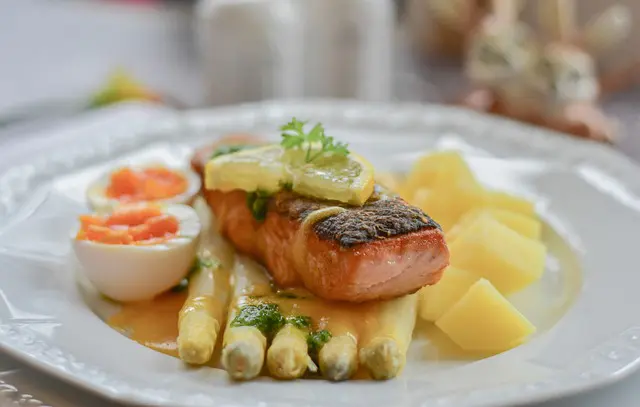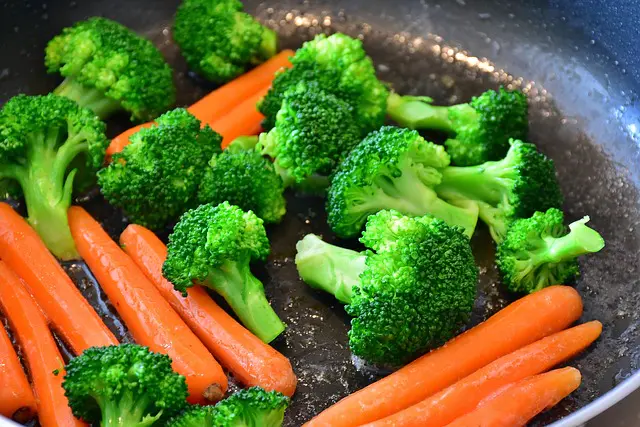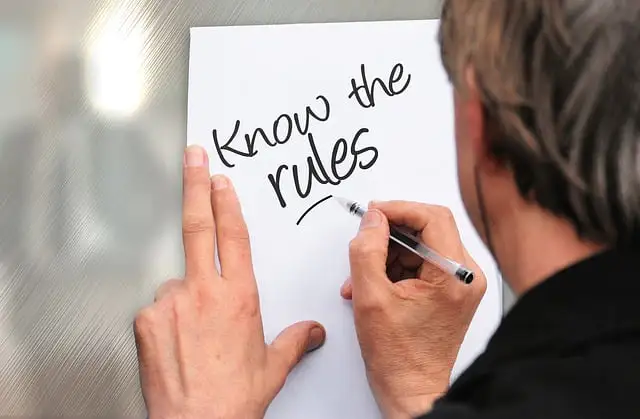During the festive period from Thanksgiving to New Year's, individuals often see a modest weight gain of around one pound. While it might seem a small trade-off for the joy of holiday delicacies, shedding this excess weight post-celebrations can be a daunting task. Moreover, this seasonal weight gain has a tendency to accumulate year on year, leading to a significant increase in weight over time.
To prevent this, portion control is a key strategy. However, maintaining appropriate portions without feeling deprived can be challenging. It's essential to employ techniques that can trick the mind into perceiving larger portions than what is actually being consumed.

Understanding Basic Guidelines
When preparing your meal, split your plate into two sections, allocating one half for non-starchy vegetables. Then, divide the remaining half into two equal parts, one for protein and the other for complex carbohydrates.
Given the variety in plate sizes, ensure your protein serving is no larger than the size of your palm and your carbohydrate portion is no bigger than your clenched fist.
Serve vegetables first, followed by protein, and finally carbohydrates. By doing so, your plate will be nearly full by the time you reach the carbohydrates, making portion control an easier task.
Utilizing a Plate
When enjoying takeout, it's tempting to eat directly from the container, which can distort your perception of appropriate portions.
It's recommended to serve one serving of food onto a plate and consume that before moving on. This approach often results in feeling satisfied after the first serving, allowing you to save the remainder for later.
Selecting Smaller, Darker Plates
Research indicates that larger plates can lead to an increase in food consumption by up to 50%. This occurs because the brain judges portion sizes relative to the plate size, with the same serving appearing smaller on a larger plate, leading to decreased feelings of fullness.
Additionally, studies show that a high color contrast between the plate and the food can reduce food intake. Food is more visually prominent on darker plates, giving the illusion of larger portions.
Curb Cravings with Careful Selection
At a dinner party, surrounded by an array of treats, choose a maximum of four items you genuinely desire and ignore the rest. For portion sizes, opt for the minimum amount that will satisfy your cravings. If this amount is less than a standard serving, it's even more beneficial.
The Two-Thirds Approach
If you're prone to overeating, consider consuming only two-thirds of your meal and saving the remaining one-third for later. There's a good chance that by the time you reach your next meal, you won't feel the urge to return to your leftovers.

Avoid Overindulgence in Healthier Options
Even healthy foods can contribute to overeating if consumed in excess. Remember, most foods maintain their health benefits only when consumed in appropriate portions.
A 'low-fat' version of a beloved dessert might contain only 25% less fat than the full-fat version. This means that eating two servings of the low-fat option is far worse than enjoying one serving of the full-fat version.
Portion control is fundamental to healthy eating and weight management. However, adjusting to smaller portions after being accustomed to larger ones can be difficult without feeling like you're missing out.
Employing tactics such as using smaller, darker plates, setting aside a portion of your meal, and filling half your plate with vegetables can help prevent overeating. These strategies ensure that you can still enjoy the holiday season and fit comfortably into your clothes come the next Christmas.
Recent
See All2025-03-09
Maximize Your Fitness Routine in Minimal Time
2025-03-09
Embrace a Diet-Free Lifestyle for Everlasting Health!
2025-03-09
Embrace a Plant-Based Diet for Enhanced Health and Longevity
2025-03-09
Transform Your Fitness Routine with High Intensity Interval Training!
2025-03-09
Embrace Vegetarianism for a Healthier and Longer Life
2025-03-09
Unveiling the Illusion of Healthy Foods
2025-03-09
Overcoming Unhealthy Habits in a Month
2025-03-09
Temporarily Toss Aside the Scale!
2025-03-09
Welcome to the Era of Health Tech!
2025-03-09
Harness the Power of Physical Therapy to Alleviate Pain
Newsletter
Get life tips delivered directly to your inbox!










